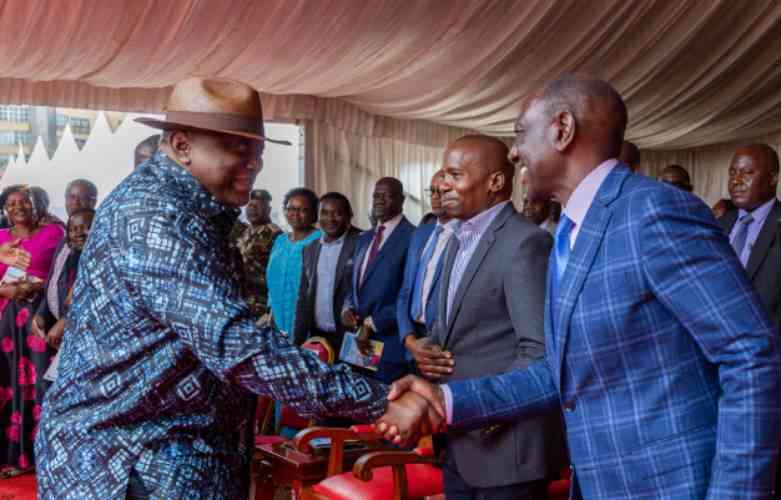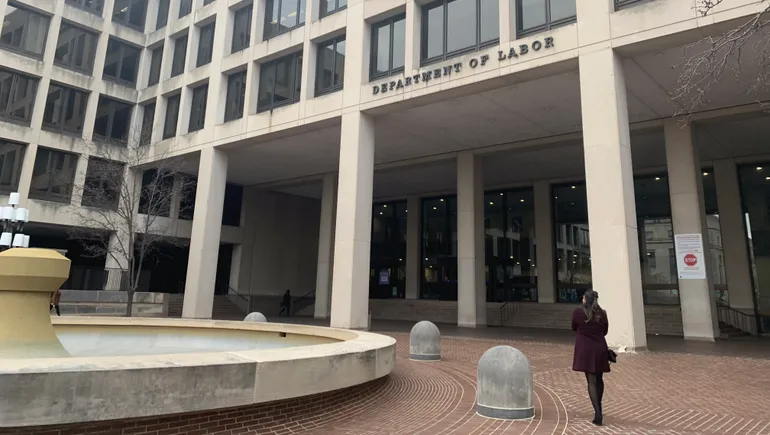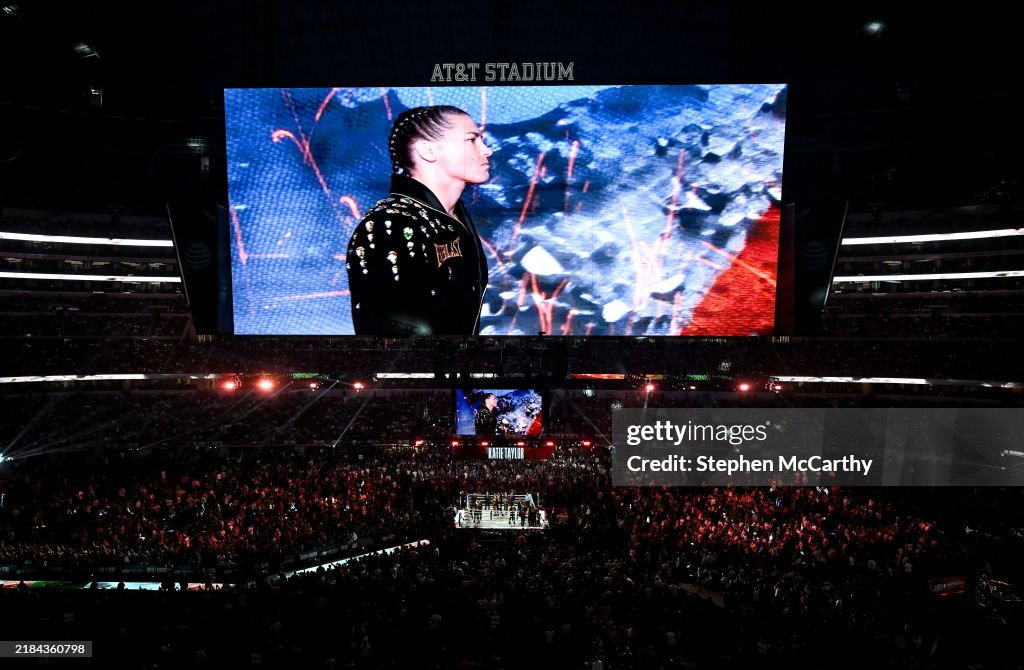A new internet divide study has revealed South Africa fares the best in Africa in internet accessibility, with the most affordable and highest-quality internet.
However, the same cannot be said for the rest of Africa, with lower-income countries (including most of Africa) having to work 3 times more than higher-income countries who are 3 times slower.
The study by Surfshark also revealed that in many of these countries, the internet is so slow that not even video calls are possible.
ALSO READ: World Food Day: ‘Leave no one behind’ in fight against hunger
Surfshark said inequality, combined with today’s inflation rates and political uncertainties, is taking Africans on a downward spiral of economic hardship.
Internet divide
Its analysis highlights that Africa experienced the sharpest divide of all continents, with just 55% of the population having access to the world wide web (compared to 85% in Oceania).
“Even so, those with access experience deep inequalities in internet speed and affordability. As of 2022, the internet in Africa is 83% less affordable than in Oceania (the region with the most affordable internet), and the gap between these two regions keeps expanding each year.”
Why the internet divide is a problem
Surfshark’s Lead Researcher Agneska Sablovskaja said people who cannot access the the world wide web are cut off from the digital opportunities that people from higher-income countries have.
“Without internet access, people can’t study or work online, and they can’t grow their economy with digital exports.”
“The internet is also very slow in many African countries. Even if people can afford the internet, they still face limitations in what they can do. For instance, low internet speeds often make it very difficult to make video calls,” said Sablovskaja.
Mobile internet divide
When it comes to mobile connectivity, Surfsharks analysis revealed that people from lower-income countries (including most of Africa) have to work approximately 11 minutes more than higher-income countries to afford 1GB of mobile connections that is 49 Mbps slower:
- lower-income countries work 17 minutes for 1 GB of mobile connectivity with 26 Mbps.
- Higher-income countries work 6 minutes for 1 GB of mobile connectivity with 75 Mbps.
“26 Mbps — the average mobile internet speed in lower-income countries — is 3 times slower than in higher-income countries and creates limitations in what people can do online. For instance, 26 Mbps may be enough for streaming a movie, but it’s not enough for a video call (which requires 50 Mbps),” Surfshark said.
Broadband internet divide
Surfshark said the situation with broadband is no better.
“Lower-income countries work 8 hours more than higher-income countries to afford a fixed broadband plan that is 83 Mbps slower:
- Lower-income countries work 12 hours for broadband connectivity with 34.4 Mbps.
- Higher-income countries work 4 hours for broadband connectivity with 117.8 Mbps.
“In higher-income countries, broadband tends to be much faster than mobile. But in lower-income countries, broadband internet is just 34 Mbps on average — barely any faster than mobile.”
Sharpest internet divide
Surfshark added that the lowest-income countries in the DQL index, Ethiopia (115th in DQL) and Mali (102nd in DQL) are also the income group that experiences the sharpest internet divide.
People from these countries work 51 minutes (which is 14 times more than the highest-income countries) for mobile connectivity that is 68 Mbps slower. Broadband in these lowest-income countries is just 19 Mbps on average but is 8 times less affordable.
“The difficult political climates in these countries make internet access especially important — without it, the world is left in the dark about the issues in these countries,” Surfshark added.
ALSO READ: WhatsApp allows more friends to be added to groups





















Discussion about this post